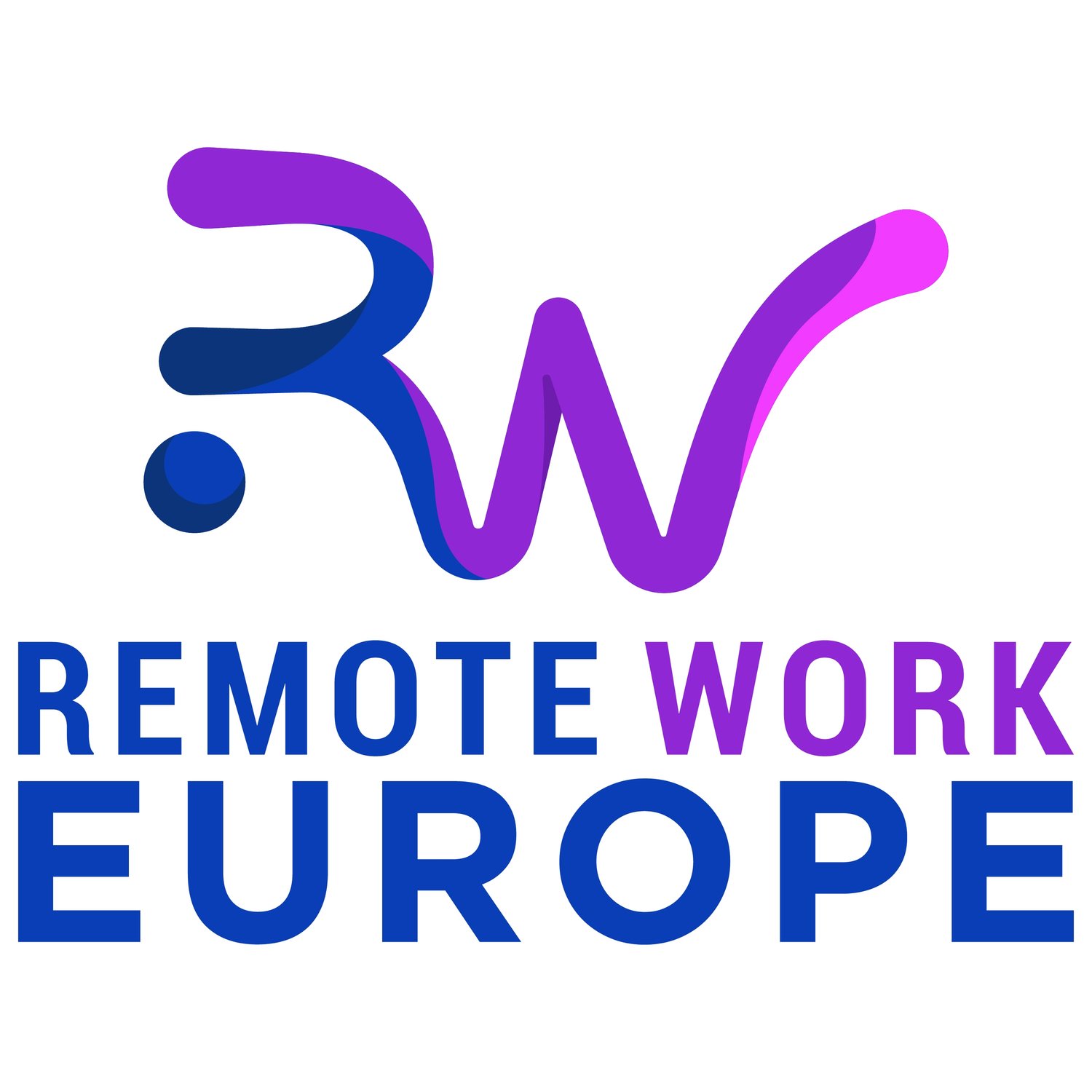The Software Subscription Maze: A Freelancer's Guide to Cost-Effective Choices
Hands up who else remembers when software came in a box?
Today, it comes as a service, instead of on a CD-ROM, and for lots of reasons that’s definitely a good thing. You pay for exactly what you need for the duration you are using it, and your continued payments mean that the developer can keep updating their app and making sure it’s secure and continually improving. No need to worry about versions and patches and making sure you have the latest release, or boxes mostly full of empty space gathering dust on a shelf in an office you haven’t got.
The dark side of buying software this way however is that you have to keep paying out for it, and when you’re putting together even the simplest of freelancing operations, things can quickly add up. Maybe the cost of each individual app is low, but together, they can make a big dent in your earnings, even before you’ve found the perfect invoicing app.
To make sure your freelance venture is not only creatively fulfilling but also financially sustainable, Remote Work Europe recommends the following steps:
Assess Before You Access: The Art of Need-Based Subscription
The first step is to conduct a thorough assessment of your actual needs.
Begin by listing the tasks essential to your freelance business – such as social media, accounting, graphic design, website hosting, or data analysis. This focused approach helps in identifying only those tools that are indispensable, preventing unnecessary expenditures on appealing but non-essential software.
Think about whether these will be long-term requirements, or do you only really need that expensive graphics tool while you’re nailing your branding and visible assets? Would it make more sense to outside the whole task anyway, if you’d need to invest in and learn to use a whole new tool in order to do it?
Annual Subscriptions: A Long-Term Savings Plan
Opting for annual subscriptions over monthly ones can lead to significant savings. Most software providers offer discounted rates for annual commitments, which, while requiring an upfront payment, can lead to substantial cost reductions in the long run. This approach not only aids in budgeting but also stabilizes your operational toolkit for a year, allowing you to focus more on your work and less on financial management.
However, software subscriptions are rarely refundable, so don’t even think about paying annually for a service unless you have thoroughly road tested it and know that it’s going to form a long-term part of your essential tool stack and workflow for the long term. If you’re still evaluating and comparing, then keep your options open with a monthly subscription you can quickly close down.
Furthermore, a year is a long time, in predicting cashflow for a solo enterprise. And the last thing you want is a nasty surprise driving a truck through your cashflow in 12 months time, after a software shopping spree.
For this reason I recommend two things: First of all, don’t start all your annual contracts at once, even if you’re absolutely certain you’re going to be using this amazing tool for the rest of your life, don’t rush to hit the button, if you’ve already paid out for something else that month. It will cost very little, in terms of the average monthly cost, to wait a little while and push that payment into next month, and make sure your big annual spends are spread throughout the year. Try to avoid the temptation of deals and FOMO, like Black Friday discounts - they’ll probably have other sales, maybe in the new year.
Secondly, be kind to your future self, with a little heads-up, in whatever way makes most sense to you. Not least as sometimes courtesy reminders from the service themselves might be non existent, or lost in an email filter. A reminder in your calendar to get your attention a week or so ahead of your renewal date will be a great relief, and give next-year-you a chance to check on funds, or else cancel something no longer in regular use. I use a Notion database* with all my software-as-a-service details in a single table, complete with renewal reminders, so that I can hop straight into the subscription page whenever I want to, whether to grab back invoices for accounting, or to hit that cancel button when the time is right.
Duplication is the Enemy of Efficiency
One common pitfall for freelancers is the accumulation of tools with overlapping functionalities. This not only leads to financial redundancy but also operational inefficiency, especially as you start to grow and collaborate with other people.
Carefully compare the features of your existing tools with any new software you consider, and if you find yourself needing something new, check first, whether you haven’t already got it!
Collaboration tools are a great example here - a few years ago you needed one thing for video conferencing, something different for threaded messaging, perhaps something else for file sharing, and so on. Whereas now, because the post-pandemic market is so competitive and they’re all trying to eat each others’ user base, they’re all adding on different bits of functionality to their core offering. Zoom used to do one thing well, and it became a byword for business videoconferencing… But now there’s a huge app store bolted on, with everything from AI transcription to whiteboarding.
This vigilance ensures that each tool in your arsenal serves a clear purpose, thereby optimizing both cost and functionality. You might well be able to ditch that separate whiteboard app when it comes around to renewal time, and you also won’t have to go looking for it. You won’t have complicated workflows and steps to carry out whenever you carry out a repeated action, and you can make yourself more efficient in terms of time as well as money.
Shiny Object Syndrome: The Freelancer's Foe
In a world brimming with innovative software solutions, it's easy to be swayed by the latest tools and features. However, this 'Shiny Object Syndrome' can lead to unnecessary expenses and a cluttered work environment.
I’ll leave you to guess why I am so aware of this. In my defence, I am a tech journalist! When I hear about something new in the business software space, then of course I’m curious and excited and want to get my hands on it.
However I also write about workflow and productivity directly for software companies, so one part of me always knows a few facts I would rather avoid.
Firstly, those landing pages are written by expert copywriters whose one job it is to get you to hit that ‘download’ button at the end - and they will turn up the Shiny Object FOMO to the max! Just imagine what a difference this incredible new app is going to make to your business, your app, your social life, and your bank balance. It’s going to change everything! Where can I get hold of it?
Even more importantly though, that page is going to take you to download/login for a ‘free’ trial you can be certain, but read and understand this: The cost of your time is NOT free!
Every minute you spend setting up and testing that new app, or loading all your data into it, is time not being spent operating your business. And if this time is duplicating something you’ve already done - you’re recreating your CRM in a new shiny tool - then the productivity gains that the new thing brings you has to be far greater, to be justified. The learning curve, the unfamiliarity, the lack of integration with stuff you’ve already got in place… All of this has to be offset against the shininess and possible upside, that the new toy represents. Don’t kid yourself by saying you can always go back to the old system - of course you can, but that’s even more time wasted.
Think like a craftsman in days of yore, and imagine all those tools taking up physical space in a kit you carry with you. Some of those tools might be far from new, but you look after them, and know them inside out. If you want to carry something new, you’d have to throw one away completely. So you wouldn’t dream of doing so unless you were absolutely certain that the replacement was going to be many times better, than the old faithful way of doing things.
Resist the temptation (especially if you’re like me) by setting clear boundaries for software purchases and reminding yourself of your core business needs. Remember, the latest tool is not always the greatest for your specific requirements, and the free trial is never truly free.
The Power of Bundled Solutions
Finally, consider software that offers a suite of services under one subscription. These bundled solutions can provide a wide range of functionalities at a fraction of the cost of individual subscriptions. This not only simplifies your software stack but also reduces the time spent managing multiple subscriptions.
This is the opposite of the duplication problem above! More functions, fewer logins, and much less being debited from your account every month.
One solution I really wish had been around when I started freelancing, is Full Scope Freelancer*.
Their incredibly affordable platform, built just for people like us, includes pretty much everything you can think of to get started: financial and marketing tools, email, social media, CRM, calendar, and way more, and even a website builder… at a price which is hard to believe.
For freelancers poised to embark on their journey, or those looking to streamline their existing operations and cut costs significantly, Full Scope Freelancer offers a comprehensive solution that addresses a wide array of business needs under one subscription. It strikes exactly the right balance between functionality and cost-effectiveness, making it an ideal choice for the savvy freelancer.
(*If you use the links on this page to sign up, we’ll get a payment from them for the recommendation, and you get an extra long trial period - and you’ll need it, to really appreciate how much is going on inside this system)

